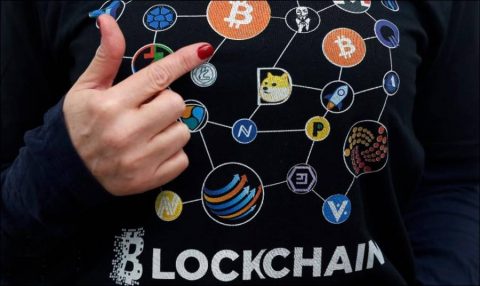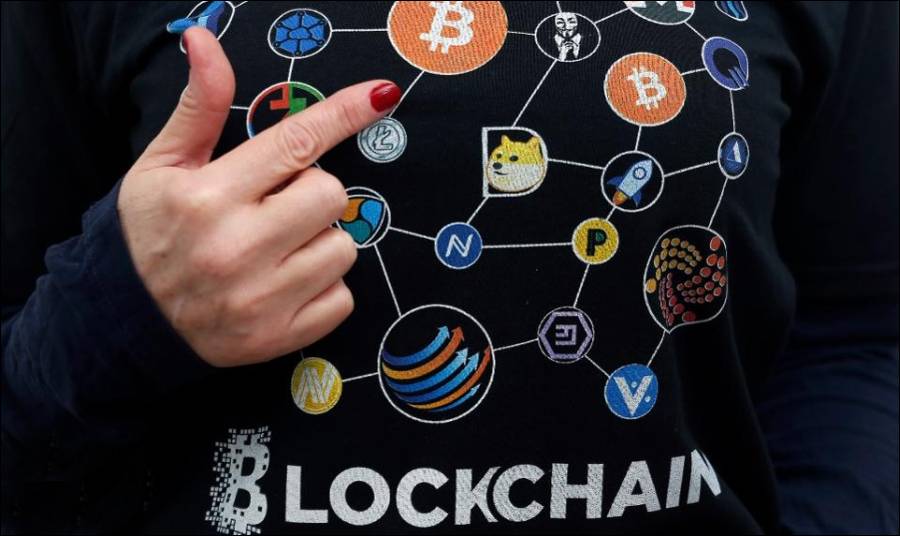It would be a mistake to think that cryptocurrencies like Bitcoin and Ethereum are just digital currency. The US dollar can also be represented digitally. In fact, most fiat money is used and exchanged digitally. So what exactly does cryptocurrency do? There have been three types of tangible money used as fiat money in history.
Coin, which was invented in Anatolia by the Lydians in 550 BC, ranks first. The second was paper money minted in present-day China by Kublai Khan in 1260. The last variant of fiat money appeared in the USA, this time as a fiat currency introduced by Satoshi Nakamoto in 2008 and not guaranteed by a government.
This new coin is a data coin. We make money in metal and paper money, metal alloys or paper money and assume they have some value. In data money, we earn money for the right to send data privately in a public domain. We value the right to submit such data. In contrast, data coins can only appear after the right technology has been developed, as duplication of data is basically free, easier than cutting and pasting and making categorically counterfeit currency.
Blockchains make it possible to add a unique quality to infinitely reproducible digital assets, and it does so in two ways. Using time as an identity marker, they shape beings for a unique moment. Time is to cryptocurrency what a cup is to water. Second, blockchains allow people to maintain a ledger of data transactions that can serve as a record of all data transactions. Each new transaction is added to the others and included in a digital box we call a ‘block’. Depending on the accounting technology (proof of work, proof of stake, etc.), blockchains need a certain number of people who can account for these transactions.
So who does this time-consuming and expensive job if it’s not being paid for? That’s what ‘miners’ or ‘accountants’ do for a cryptocurrency. In return, the Bitcoin blockchain gives Bitcoin, and the Ethereum blockchain gives Ethereum to those who help account for transactions. That’s why every single data transaction is unique, can’t be duplicated and saved forever without the need for banks or governments to keep it original.
Cryptocurrency provides a material service
The conditions that made these data coins and new forms of accounting possible took decades of work in accounting, materials science, and cryptography. This was not just the ‘idea’ of an extremely intelligent person. People do not want to gamble because of an urge to gamble (in fact, gambling is done more often with sovereign fiat currencies such as US dollars), not because they are keen to buy and sell illegal things (which are done more often with fiat), but because blockchains need them a bank and government. They find data money valuable because it provides an intangible but material service without hearing it.
For the first time in history, for example, you can put a trillion dollars in someone’s pocket or send it across the world in a second. This kind of service opened a new page in the history of the economy. Crypto is not a scam; It is data money that benefits from the provision of a material service.
Cryptocurrency is a community money
There are few materials used to produce fiat money in history. However, communities are inventing and making money from money in countless different forms and types. Data money is no exception. When Satoshi Nakamoto came up with the idea of Bitcoin and blockchain, he also made an effort to build a community around it. To that end, he created a forum and provided a tool for people to use to imagine and transact a new form of money. We’re learning how, but we’re doing it slowly.
Initially, the initial data coin community grew faster than Bitcoin had. Afterwards, the value of the coin rose by more than $1 in April 2011. It was a revolution because the money of an unknown community suddenly became more valuable than the dollar, that is, the money of the US government.
Prices will rise for a time
Then, communities around the world learned that other communities could generate or use their data currency. And then came the three great waves. The first wave of Bitcoin has been replaced by the Ethereum wave, which makes use of a more advanced blockchain. Creating a ‘Big Bang’ of cryptocurrencies, the Ethereum blockchain has served as the infrastructure for 88 percent of all new crypto projects that have made it into the top 100 most valuable cryptocurrencies list. Now, the third wave is emerging, with projects building chains that connect different blockchains such as Avalanche (AVAX) and Polkadot (DOT). What was Bitcoin in 2008 is now AVAX. People will learn what’s going on from publications like this article and buy for two historical/sociological reasons.
First, it takes time for people to learn, gain confidence, and buy new things; especially if it is a new financial instrument. It took more than two centuries for more than half of US citizens to buy even a single stock. The more people learn about cryptocurrencies, the more they will buy them, the more people buy, the more stable their crypto value will become. Moreover, cryptocurrency markets never close; on the contrary, it is open 168 hours a week (at least four times longer than traditional exchanges).
For example, the New York Stock Exchange, which opens at 09:30 and closes at 16:00, is open for retail sale 37.5 hours a week. Second, rising authoritarianism around the world is driving people to keep their investments in the form of a safe and mobile asset that cannot be controlled by authoritarian governments. So, once you have an Ethereum wallet, it is possible to keep your money away from rogue states as well.
Visits: 107




